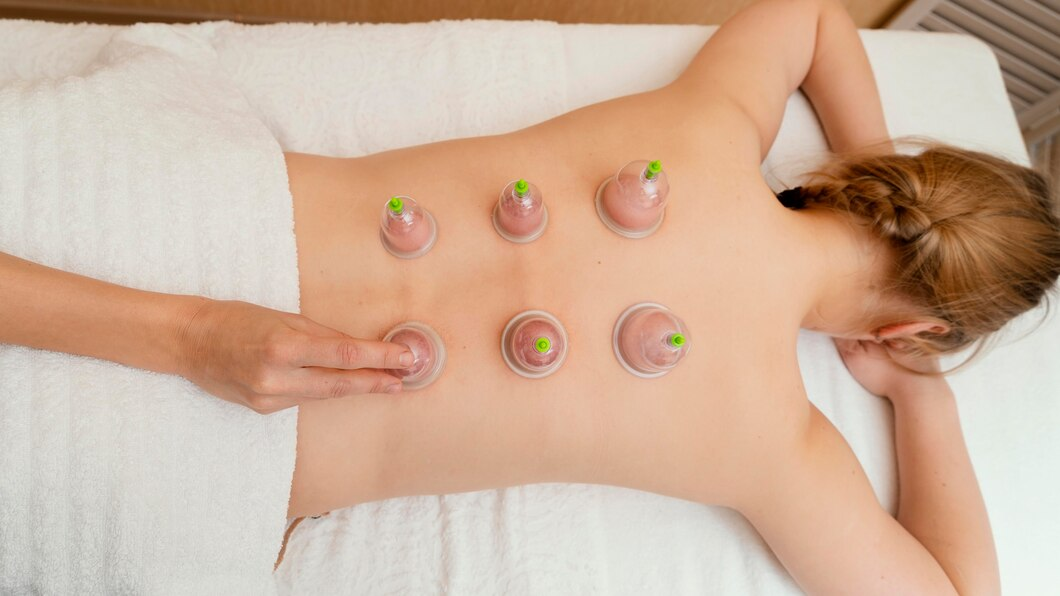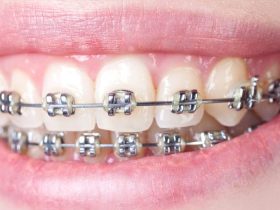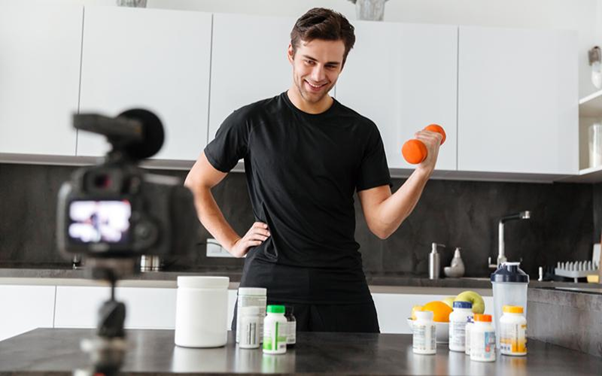In recent years, cupping massage therapy has gained significant popularity as a holistic treatment option that blends ancient techniques with modern healthcare practices. Originating from traditional Chinese medicine, cupping therapy involves placing cups on the skin to create suction. This suction is believed to mobilize blood flow and promote healing, making it a versatile treatment for various ailments.
Understanding Cupping Massage Therapy
Cupping massage therapy utilizes cups made from materials such as glass, silicone, or bamboo. These cups are placed on specific areas of the body after creating a vacuum either through heat or suction pumps. The suction draws the skin and underlying tissue into the cup, which practitioners believe releases tension and promotes the flow of energy, known as qi, within the body.
Techniques Involved
There are two main types of cupping techniques used in massage therapy:
- Dry Cupping: This technique involves placing cups on the skin and using suction to create a vacuum without introducing heat. The cups may be left in place for a few minutes or moved around the treatment area to enhance circulation and target areas of muscle tightness or pain.
- Wet Cupping: Also known as “bleeding cupping” or “hijama,” wet cupping involves creating small incisions on the skin after dry cupping. This allows for a controlled removal of small amounts of blood, which practitioners believe helps to remove toxins from the body and improve overall health.
Benefits of Cupping Massage Therapy
Cupping massage therapy is renowned for its potential benefits across various health conditions:
- Pain Relief: By improving blood flow to affected areas, cupping therapy can alleviate muscle stiffness, joint pain, and even headaches.
- Muscle Recovery: Athletes often use cupping therapy to promote faster healing of muscle injuries and reduce soreness after intense physical activity.
- Relaxation and Stress Reduction: The gentle pulling action of cupping on the skin can induce relaxation, making it a soothing treatment for stress relief and anxiety reduction.
- Improved Circulation: The suction effect of cupping helps to stimulate circulation, which can enhance the delivery of oxygen and nutrients to tissues and facilitate the removal of metabolic waste products.
- Detoxification: Advocates of cupping therapy believe that it helps to detoxify the body by drawing out toxins and promoting lymphatic drainage.
Application in Modern Healthcare
In modern healthcare settings, cupping massage therapy is often integrated into complementary and alternative medicine practices. It is used alongside conventional treatments to enhance therapeutic outcomes and address a wide range of conditions:
- Chronic Pain Management: Patients suffering from conditions like fibromyalgia or arthritis find relief through regular cupping sessions, which can reduce pain and improve mobility.
- Respiratory Health: Cupping therapy applied to the chest or upper back is believed to help clear congestion and support respiratory function in cases of asthma or bronchitis.
- Digestive Disorders: Some practitioners use abdominal cupping to aid digestion, alleviate bloating, and support overall gastrointestinal health.
- Skin Conditions: Cupping massage therapy is also explored for its potential benefits in treating skin conditions like acne or eczema, although more research is needed in this area.
Safety and Considerations
While generally considered safe when performed by trained professionals, cupping massage therapy may cause temporary skin discoloration, bruising, or mild discomfort. It is essential to seek treatment from licensed practitioners who adhere to proper hygiene and safety protocols.
Conclusion
Cupping massage therapy continues to evolve as a versatile and effective treatment modality in modern healthcare. Whether used for pain management, stress reduction, or enhancing circulation, its integration with conventional medicine offers patients holistic options for improving their well-being. As research continues to explore its mechanisms and benefits, cupping massage therapy remains a valuable tool in the pursuit of holistic health and wellness.
In summary, the therapeutic application of cupping massage therapy underscores its enduring relevance in addressing a wide array of health concerns, making it a compelling choice for those seeking alternative approaches to healing and well-being in today’s healthcare landscape.









